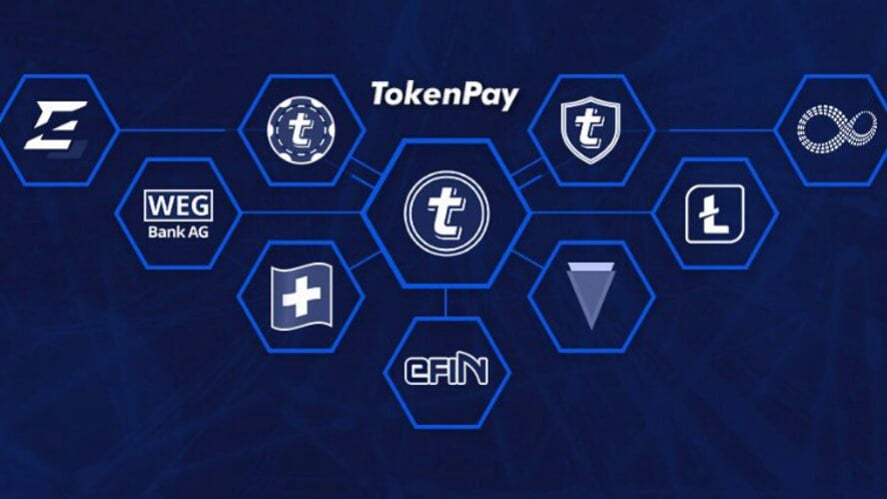
Some issuers of initial coin offerings have started to change the terminology they use to refer to their token sale in a bid to evade the attention of regulators – the hawkish U.S. Securities and Exchange Commission (SEC) in particular. With research finding that fewer than half of ICO projects make it past the first few months of their token sale, regulators have become increasingly concerned about ICOs, many of which have turned out to be elaborate scams.
Also read: Why Africa Continues to Lag Behind in Cryptocurrency Adoption
Bartering an ICO
In 2017, Tokenpay fancied itself as an initial coin offering, targeting to raise $41 million by selling a part of the total 25 million of its Tpay tokens to the public. Today, the company, which was attempting to build a ”secure blockchain payments platform,” denies having floated an ICO at all, to the point of claiming its token was valueless.
“We never conducted an ICO,” Tokenpay stated in a fire-fighting tweet, to an unconvinced audience. “We bartered our unique blockchain coins called $Tpay for one called $BTC,” it retorted, adding: “Nowhere will you find any suggestion of an implied investment or offering of any sort. In fact, every single page on the whitepaper and website states that the coin has no value.”

This may be the most complex definition of an initial coin offering yet. Even users of Tpay found this difficult to believe. “I didn’t walk to the park. I carried my body to the park with the willful assistance of my legs,” snorted @woolsim. Ari Paul commented: “There are probably some interesting nuances where this makes a difference, but for most regulatory purposes pretty sure it’s a “sale” if you receive something of value for something



